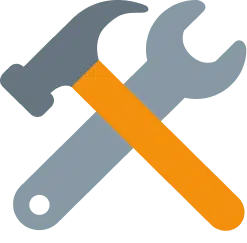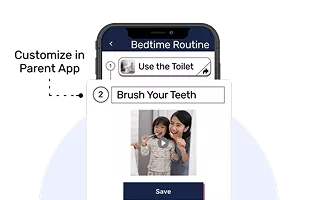Direct Observation Scales are like a magnifying glass on a child’s actions and reactions in real-world settings. Here’s how it goes down:
- Observers Watch: Professionals keep a close eye on kids during certain activities.
- Checklists in Hand: They have a checklist of behaviors or skills they’re watching for.
- Tick Off Behaviors: When a kid shows a specific behavior, it gets marked on the list.
- Analysis Time: After, experts look at the checklist to understand more about the child’s strengths and growth areas.
So, when the playtime ends, it’s not just fun memories but also insights that can help children shine brighter!
Using Goally can be a game-changer for kids. Say you’ve learned from a Direct Observation Scale that your child struggles with bedtime routines. With Goally’s digital visual scheduler, you can craft a step-by-step bedtime routine. This way, tasks like brushing teeth or picking out pajamas become fun and structured activities. And for those looking to boost their kid’s social skills? Goally’s skills training videos make learning those skills feel like playtime.
| This post was originally published on September 2, 2023. |












